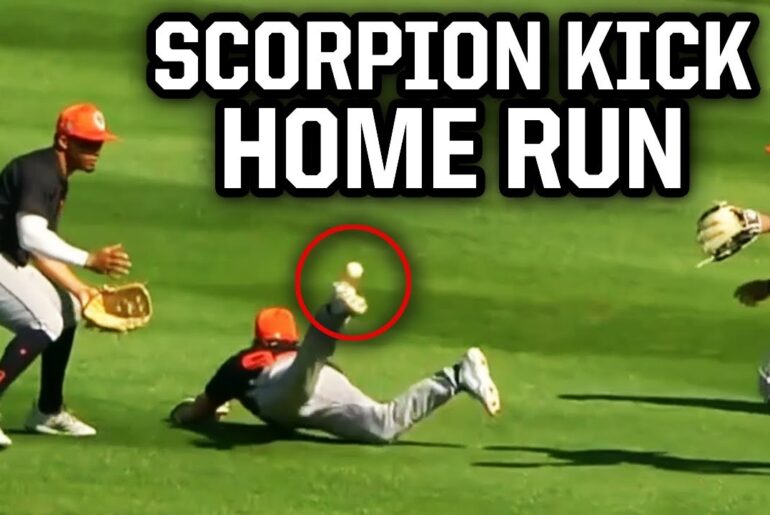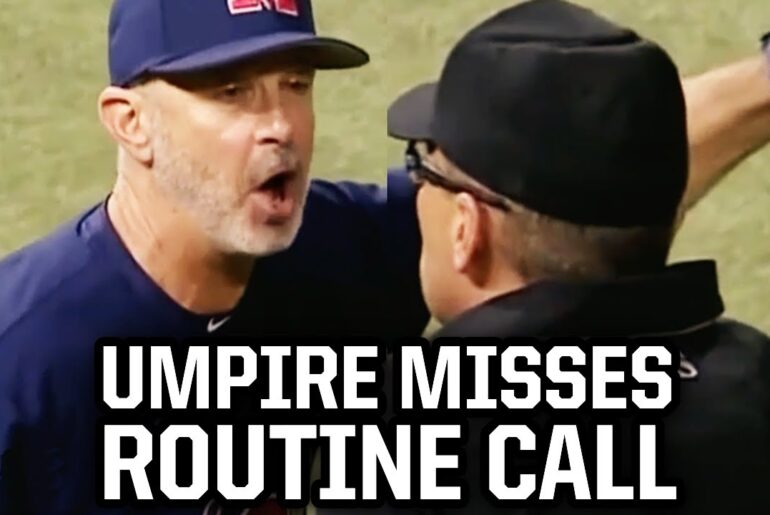In a recent baseball game, tensions ran high as a player found himself ejected in the bottom of the sixth inning. This incident, filled with frustration and disputes, added an extra layer of drama to an already intense match.
The Controversial Strike Zone
As the game progressed, the strike zone became a contentious issue. The batter questioned the accuracy of the strike calls, leading to a heated exchange with the umpire. Here’s a breakdown of the critical moments:
- Questionable Low Strike: The player disagreed with the umpire’s call on a low pitch, claiming it should have been deemed a strike. A fake strike zone box on the screen only added to the confusion.
- Outside Swing: Despite his initial frustration, the batter focused on the game and swung at an outside pitch, resulting in a strike call.
- -Sun Interference: The following play took an unexpected turn when the ball soared into the sun, causing momentary blindness for the player in the shadows. Nevertheless, he managed to make the catch, showcasing his determination.
- -Frustration Mounts: The next batter fouled back two consecutive pitches, creating further tension. The player believed the second pitch should have been called a strike, expressing his dissatisfaction to the umpire.
- -Dead Center Strikeout: Finally, the umpire made a clear strike call on a pitch right down the middle, resulting in a strikeout. The batter felt frustrated and vocalized his disappointment, demonstrating his dissatisfaction with the umpire’s inconsistent strike zone.
Self-Reliance and Displeasure
Despite relying on the umpire’s judgment, the player began to lose faith and took matters into his own hands. Here’s how he expressed his discontent:
- A Nasty Curveball: After a pitch he felt was questionable, the player executed a remarkable swing and miss on a deceptive curveball, showcasing his skill.
- Demanding the Bottom of the Zone: Feeling aggrieved, the player expressed his desire for pitches in the lower part of the strike zone. He believed this would enhance his performance.
- Taking Control: Frustrated with the umpire’s calls, the player took matters into his own hands. He caught a ball hit toward him, confidently securing the out without needing assistance.
- Verbal Exchange: Expressing his dissatisfaction with the umpire’s inconsistent strike zone, the player engaged in a heated exchange, expressing his frustration.
The Ejection and Aftermath
The tipping point came in the top of the seventh inning when the player made a remark that the umpire perceived as disrespectful. Here’s what unfolded:
- Questioning the Call: As the player faced a curveball strike, he audibly expressed doubt, suggesting it may not have been a strike.
- Ejection: The umpire confronted the player, demanding an explanation for his comment. The player admitted he may have made the remark, leading to his ejection from the game. Surprisingly, the player took the ejection lightly, laughing off the situation.
- Pitch Count and Reactions: It remains unclear whether the player’s ejection impacted his ability to continue pitching. However, both teams and the spectators appeared unfazed by his removal from the game, suggesting it might have been the right time for a change.
Conclusion
In this eventful baseball game, tensions escalated as a player found himself ejected amidst an ongoing dispute about the strike zone. The player’s dissatisfaction with the umpire’s calls, coupled with his own frustration, led to his removal from the game. Despite the intense moments, the incident added an element of entertainment and showcased the player’s resilience and skill. As the game unfolded, it became clear that this was an unforgettable match with the umpire’s decisions and the player’s reaction taking center stage.



